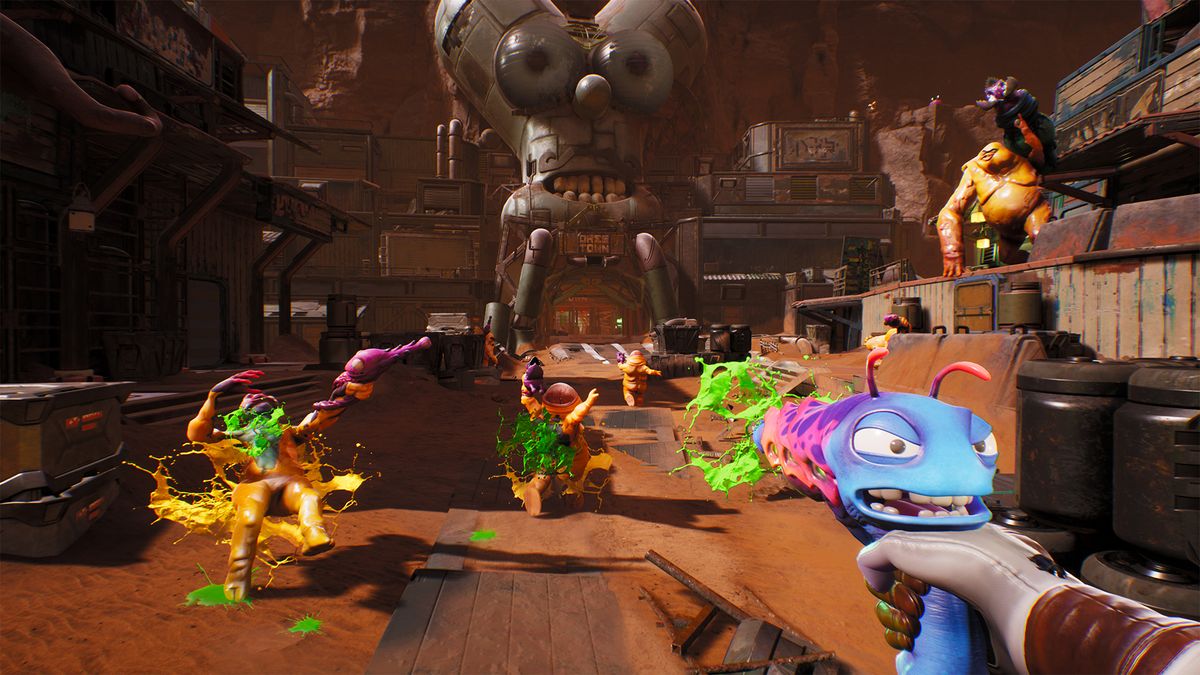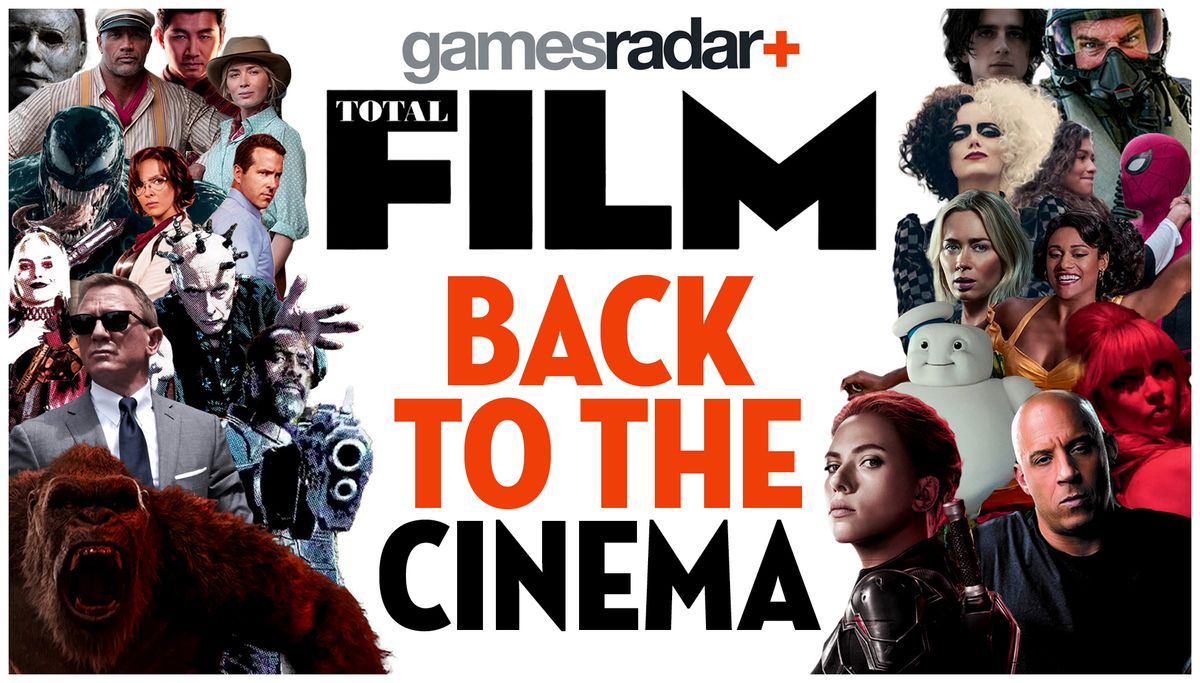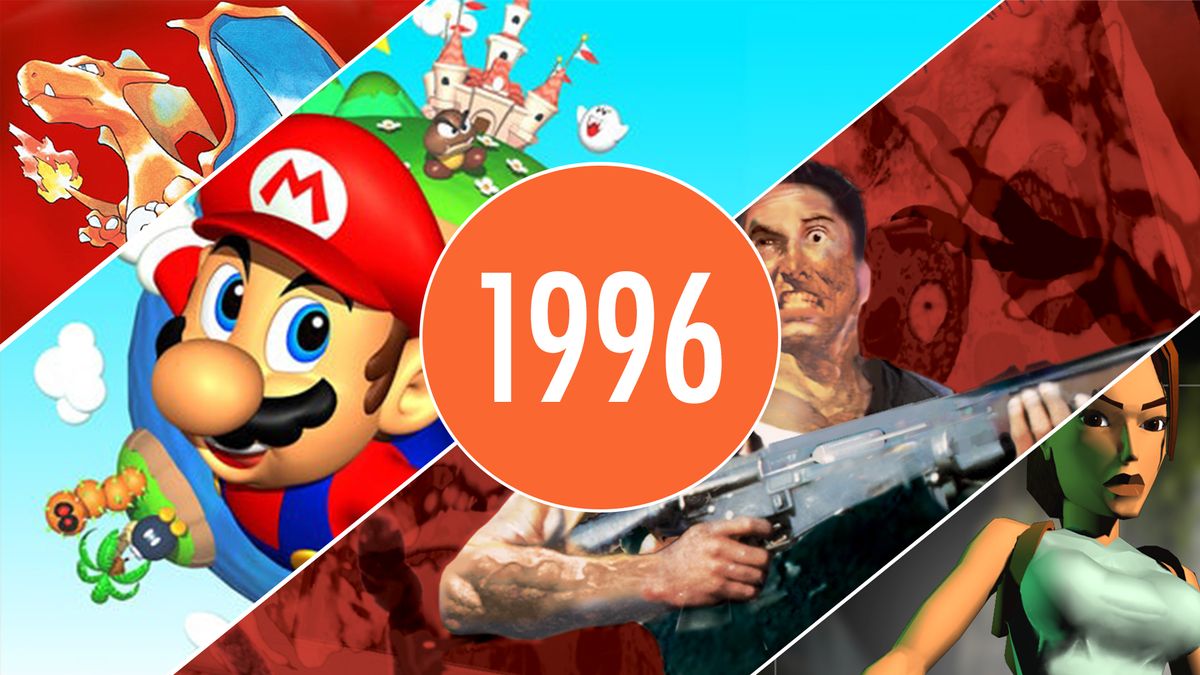“You can’t tell a story like [BioShock Infinite] on a budget of $2 million dollars.” – Irrational Games co-founder and creative director Ken Levine, in our interview you can catch on RadioRadar.
The cost of making a triple-A game is perpetually rising. It will only worsen when Sony and Microsoft’s next generation consoles hit, making even higher-fidelity assets essential to compete. It’s becoming impossible for triple-A creators to remain relevant without a major corporation’s bankroll.
So what can you do with $2 million dollars in games, these days? Well, you can get yourself a license for a game creation tool like GameMaker, Unity, or the Unreal Development Kit and have about, oh, $2 million left over. You can use open-source software to put together the assets of your game and still have around $2 million in the bank. You can list your game on Kickstarter or Steam Greenlight and have about $2 million left to get pizza for everybody (heaven help you in actually grabbing enough pledges or Thumbs Up, though–maybe save some of that pizza).

So does Ken Levine just have his head in the clouds when he says you can’t make a game like BioShock Infinite for $2 million? Good God, no. He’s absolutely right. The mind-blowing volume of assets required to craft an experience of its nature takes a force of sustained, highly specialized labor which would be remarkable for any modern feat of human ingenuity–being a fun game is just gravy.
Levine readily admits he can’t make this world he wants to make with anything less than a massive capital investment, and that answers a very pertinent question in the modern games industry: Where have all the Midways gone?
“The ability for mid-range, mid-budget sort of double-A titles to be successful has become a real challenging path, and you’re seeing those games not get greenlit anymore, because people don’t believe they’re going to get their money back,” Levine said.
Psi-Ops: The Mindgate Conspiracy was a 2004 Midway game about a near-future soldier with psychic powers taking down a terrorist organization all by his badass-furniture-flinging self. Its hook–physics which let players wreak havoc in an otherwise mundane one-man-army campaign (before Half-Life 2 made it cool)–exemplified the double-A dynamic of companies like Midway.

Psi-Ops took risks, but not tremendous leaps. It was a new franchise with freaky psychic powers, but they were wielded by a gun-toting, crew-cut, amnesiac protagonist. It likely had a moderate budget, and its retail figures were far from record breaking. As triple-A projects cost millions upon millions of dollars to make and force smaller games out of retail, there’s just no room for that sort of mid-level operation any more. That’s one of the reasons why Midway and Acclaim are out of business, and part of why THQ has one foot in the grave.
“If you looked at the number of big titles being launched this year you’ll see the numbers dwindling, and I think you’ll continue to see that–where people end up making the bets on the big games,” Levine said. “The same thing happened in the film industry.”
How does this get fixed? Are we on our way to a single omega-series taking up most of our nation’s gross domestic product in production, reaping it all back through perpetual record-breaking sales from consumers with nothing else to buy?
“So then you have this space in the opposite end of the spectrum, which is these games, whether they’re cool indie games … or iPad games and things like that which are less risky to develop from a financial perspective, you’ll see more of those,” Levine said.

Mid-sized efforts may be all but gone from games, but smaller teams are flourishing in their absence. The proof is coalescing at this very moment. Games like The Walking Dead, Journey, and Mark of the Ninja are occupying mainstream Game of the Year nominations, headlines, and conversations which in years past never would have touched on anything with a (relatively) modest budget.
These “single-A” games (whether you call them “indie” or not) are succeeding because they can take risks triple-A’s huge capital investments preclude. They can try different things, from recapturing the simple charm of retro gaming to making us cry and question our own judgment, because they don’t need to sell like gangbusters to avoid bankrupting a gigantic corporation.
Smaller creators can do these brave things incredibly well because you can do so much with $2 million these days–even if you can’t tell a story like BioShock Infinite. The tools are all there, and they are only getting cheaper, better, and more comprehensive. Triple-A development will become an ever more expensive and exclusive club to join, but that doesn’t mean the last nail in the coffin for daring, different games.
As the triple-A industry grows taller, thinner, and more precarious for all but the heaviest hitters, independent efforts from interesting new places will fill in the margins. And–I think Mr. Levine would agree–that sounds pretty good.
 Game News Video Games Reviews & News
Game News Video Games Reviews & News



